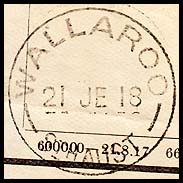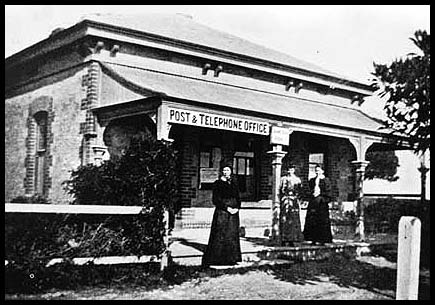Prior to 1865, the community were agitating that Kadina and Wallaroo had services which Moonta should also have. For example a letter by Luke L. Furner to the Editor of the SA Register on 19 May 1864 , stated the case as follows:
"Sir— As the good people of Kadina and Wallaroo are too energetically urging their respective claims and advantage of position for the erection of the new Gaol, a stranger would be led to suppose that the above-mentioned places were the only two townships on the Peninsula of any importance, and that such a place as Moonta did not exist, or at least was not of sufficient importance to put in a claim for public buildings.
Wallaroo complains that the Post-Office is in connection with a store, the Telegraph Office in a wooden building, and the Court held at an hotel. I am sorry to say that Moonta has no cause for these complaints as the Telegraph and Local Court have no existence here and it is to the great inconvenience arising from this fact that I wish to allude.
For instance, a person having any Court business to transact must take a journey or two to Kadina, a distance of 12 miles; and supposing him not to be possessed of a horse is put to the expense of hiring one or going by the afternoon conveyance, which necessitates the spending a night in Kadina. The inconvenience experienced on account of having no Telegraph Station is equally great, as messages dispatched from Adelaide do not reach us until the next day at about 12 o'clock, so that as far as Moonta is concerned, the line to Kadina is perfectly useless.
The general opinion is that the importance of the place demands the establishment of the institutions referred to and I trust that the Government will give the matter the attention it deserves, that we may not long have to complain of being destitute of these advantages, even though they may be held in hotels or wooden buildings".
|
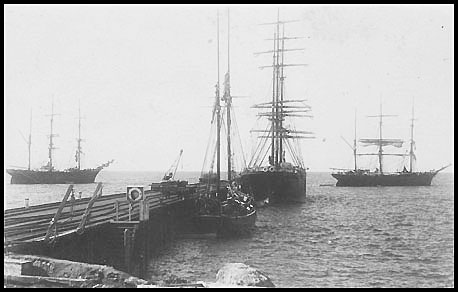
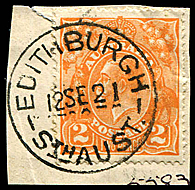
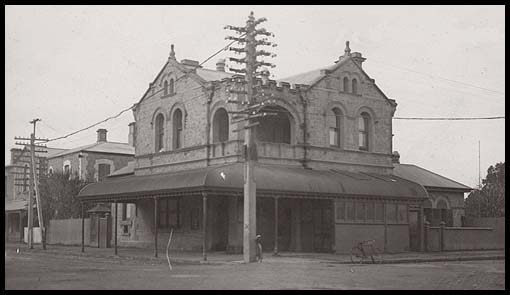
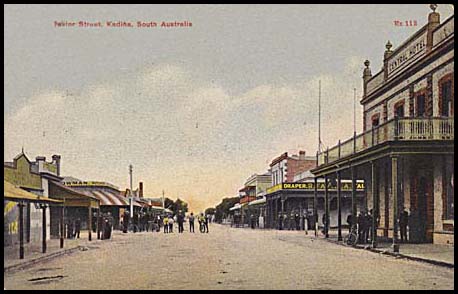
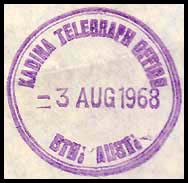
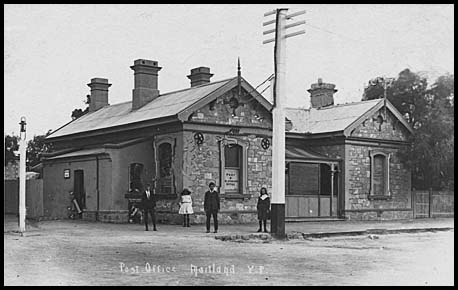
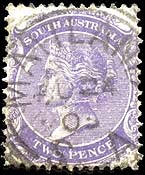
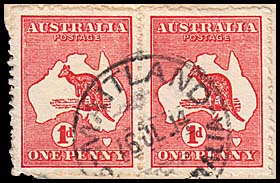
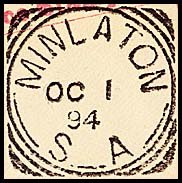
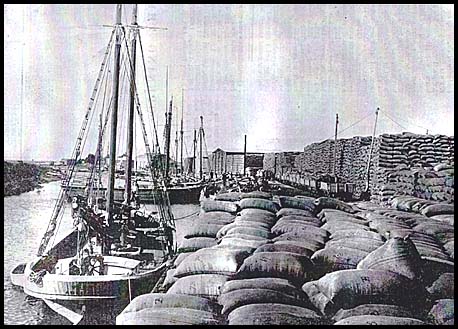
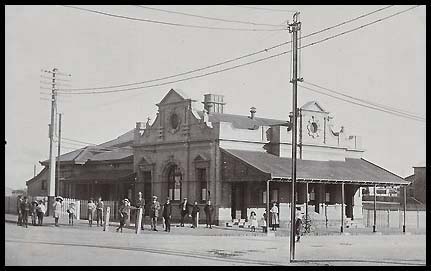
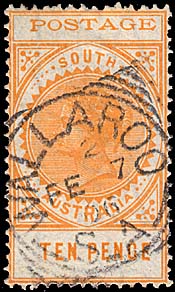
.jpg)
